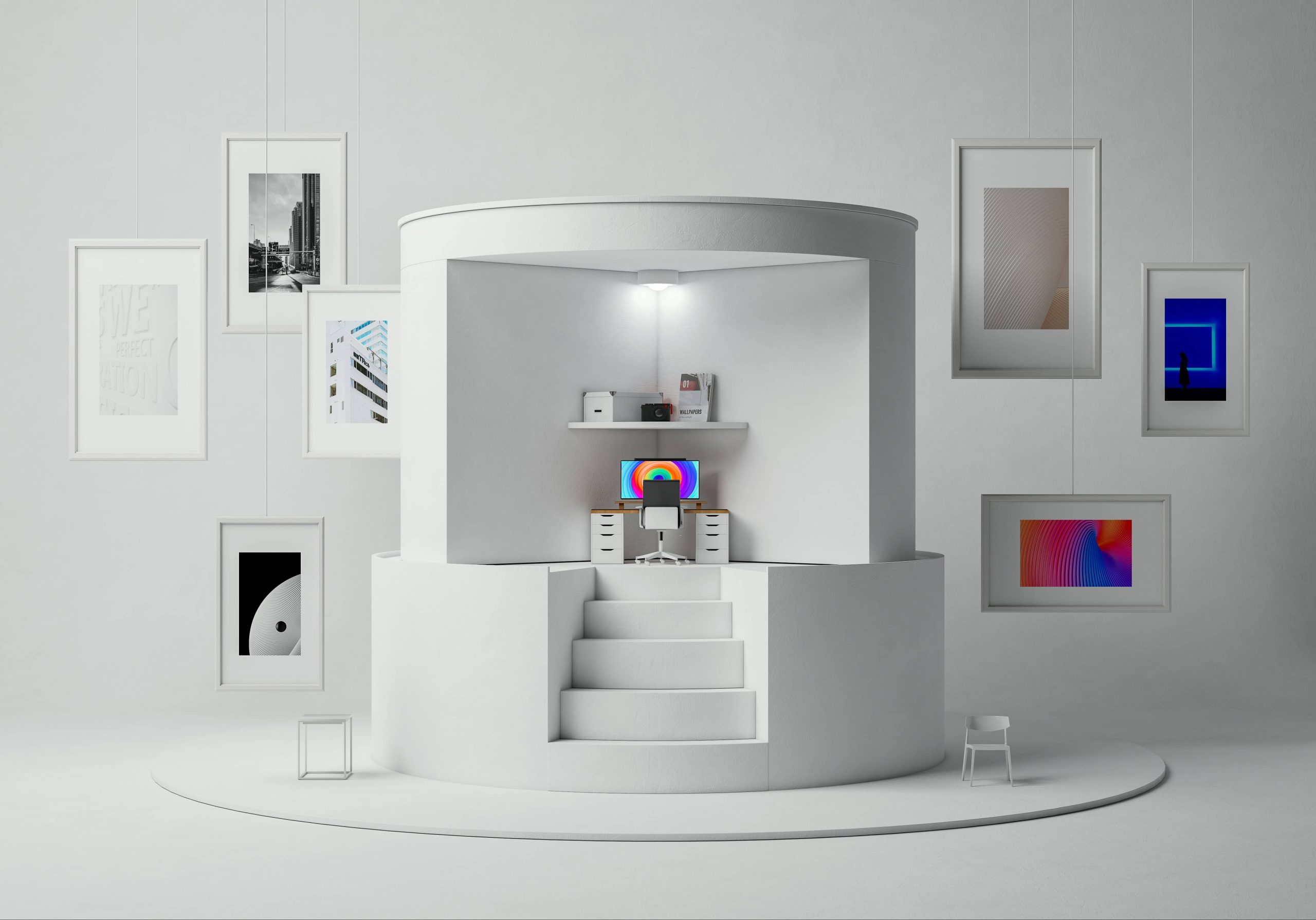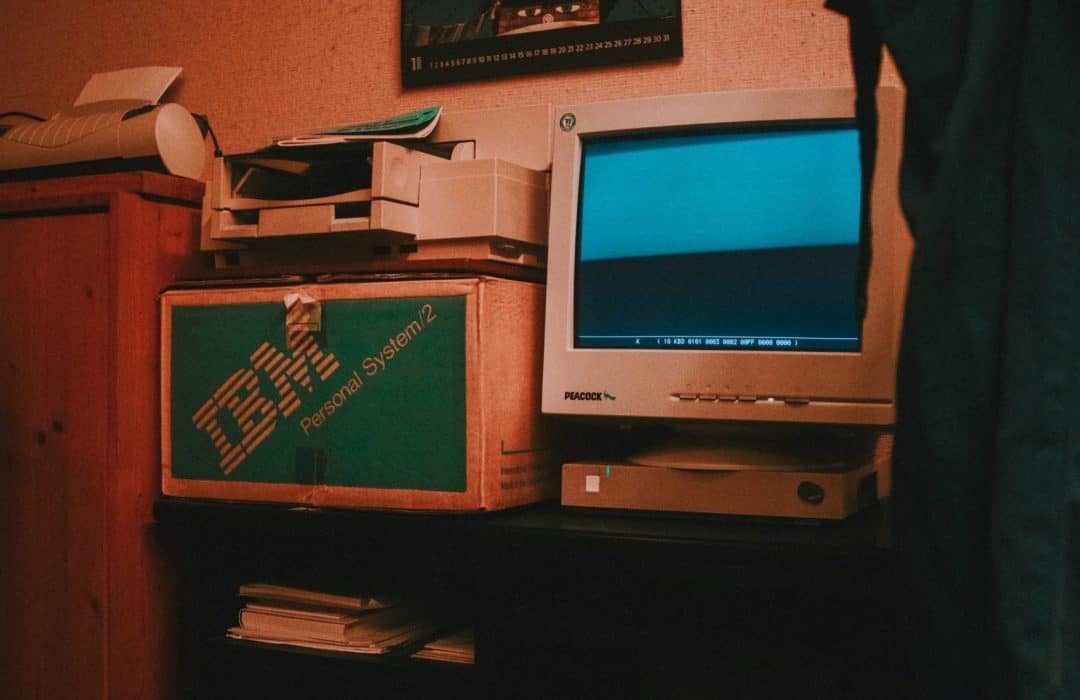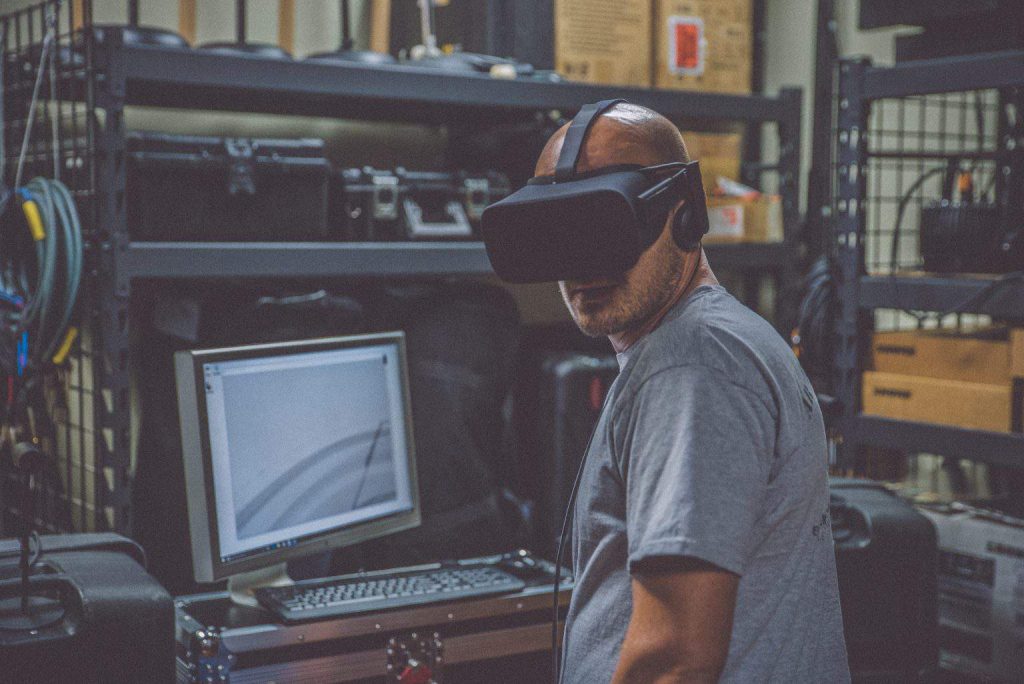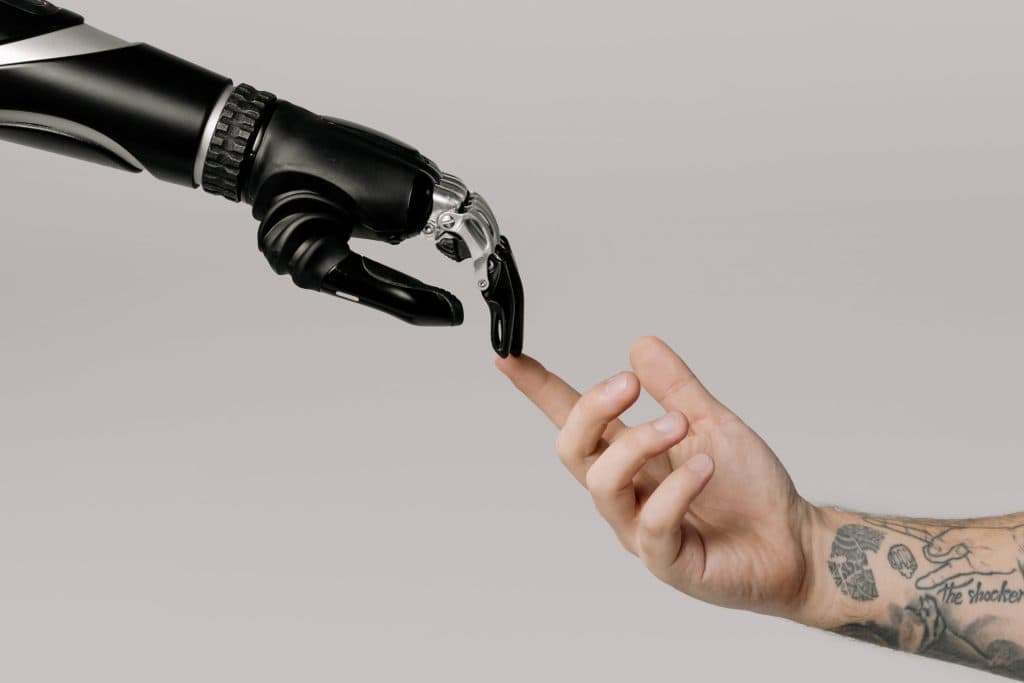
24 Jan The Evolution of Digital Art Galleries
The evolution of digital art galleries encapsulates the dynamic synergy between technology and artistic expression. Originating from pixelated computer images, digital art has transformed into an immersive medium showcased within virtual spaces dedicated to groundbreaking exhibitions. This exploration delves into the digital art galleries, tracing their development from the early days of computer art to the current era of immersive and interactive experiences. Pioneers who pushed technological boundaries are spotlighted, revealing a transformative journey that mirrors the changing nature of artistic dialogue in the digital age.
This article pays homage to the history of digital art galleries, unveiling their profound impact on the consumption and experience of art. From static displays to interactive installations, these galleries reflect both technological evolution and the shifting dynamics of artistic expression. Key milestones are examined, illustrating the incremental steps that led to the creation of virtual spaces surpassing the limitations of physical galleries. As we traverse this digital landscape, we’ll spotlight visionaries who played pivotal roles in shaping the trajectory of digital art, showcasing the fusion of creativity and technology that defines this new era of artistic expression.
Early Days: Pioneering the Virtual Space

Photo by Huỳnh Đạt
During the 1960s, the landscape of art underwent a transformative shift with the advent of computer art, heralding the beginning of a groundbreaking era. The Cybernetic Serendipity exhibition, held in 1968, served as a pivotal moment in this evolution, highlighting the intersection of technology and artistic expression. This event featured a diverse array of computer-generated artworks, interactive installations, and innovative collaborations between artists and scientists. It provided a glimpse into the potential of computers as creative tools and paved the way for the integration of technology into the realm of art.
However, the nascent stage of computer art faced formidable challenges. The limitations of clunky interfaces and low resolutions constrained the scope of artistic possibilities, making the creation and display of digital art a formidable task. Despite these obstacles, the pioneers of this era persevered, experimenting with the nascent technology and establishing a foundation for the virtual space that would become integral to the future of art. Their trailblazing efforts not only laid the groundwork for subsequent technological advancements in art but also fostered a mindset that embraced the fusion of creativity and computation, ultimately shaping the trajectory of artistic expression in the decades to come.
Breaking Boundaries: The Internet Age

Photo by Siri louis
The 1990s marked a revolutionary era with the widespread adoption of the internet, catalyzing a profound transformation in the world of art. Digital art galleries emerged as dynamic platforms, breaking free from the constraints of physical spaces and granting art unprecedented accessibility on a global scale. The evolution of websites during this period played a pivotal role, as they began incorporating innovative features like virtual tours and interactive elements. These enhancements not only expanded the reach of art but also revolutionized the viewer’s experience, allowing for a more immersive and engaging encounter with digital creations.
Simultaneously, the internet’s influence gave rise to a diverse array of digital art forms, including net art and interactive installations. Artists embraced the online realm as a dynamic canvas for exploration, pushing the boundaries of traditional artistic mediums. Online art communities flourished, creating virtual spaces where artists could connect, collaborate, and showcase their work. This interconnectedness not only facilitated the exchange of ideas but also left an indelible mark on the trajectory of digital art, fostering a sense of community that transcended geographical boundaries. The internet, with its boundless potential, became a catalyst for creativity, reshaping the landscape of art by offering new avenues for expression and engagement.
Blurring the Lines: Merging Physical and Digital

Photo by Eddie Kopp
The period spanning the 2000s to the 2010s witnessed a dynamic shift in the art world, marked by the integration of physical and digital realms. Hybrid galleries emerged as innovative spaces that seamlessly blended the tangible with the virtual, providing audiences with a multidimensional art experience. Augmented reality (AR) and virtual reality (VR) played pivotal roles during this time, transforming traditional exhibitions into immersive journeys that redefined the boundaries of perception. Artists and curators embraced these technologies to create interactive installations, where viewers could engage with art on a level previously unimaginable, transcending the confines of physical spaces.
The 2010s further witnessed a groundbreaking development with the rise of Non-Fungible Tokens (NFTs) and their integration into the art market. NFTs, based on blockchain technology, introduced a novel dimension to digital art ownership and monetization. Online platforms leveraging NFTs democratized access to art, making it more inclusive through global initiatives. This era not only challenged traditional notions of ownership but also revolutionized how artists were compensated for their work. The convergence of technology and art became increasingly evident, shaping a new era where the boundaries between the physical and the digital continued to blur, opening up unprecedented opportunities for artists and art enthusiasts alike.
The Future of Digital Art Galleries

Photo by cottonbro studio
The future of digital art galleries is poised at the intersection of technological innovation and ethical considerations, promising a canvas of possibilities that could redefine artistic expression and engagement. Emerging technologies, such as artificial intelligence and blockchain, stand as pivotal forces in reshaping how art is displayed and interacted with. AI has the potential to curate personalized art experiences, adapting to individual tastes and preferences. Blockchain, with its transparent and decentralized nature, could revolutionize the provenance and ownership of digital artworks through NFTs, ensuring authenticity and supporting artists in new ways. Interactive and participatory art experiences are gaining momentum, offering audiences opportunities to actively engage with and contribute to the artistic process. Virtual and augmented reality may play an increasingly prominent role, enabling viewers to immerse themselves in virtual exhibitions and manipulate digital installations in real time.
However, the evolving landscape of digital art also brings forth ethical and philosophical questions. Issues surrounding digital art ownership, copyright, and representation become paramount. Striking a balance between technological innovation and ethical responsibility will be crucial. Ensuring fair compensation for artists, addressing questions of cultural appropriation in the digital space, and navigating the environmental impact of emerging technologies are some of the challenges that the art world must grapple with as it ventures into this new frontier. As digital art galleries continue to push the boundaries, navigating these complexities will be essential to foster a future that is not only innovative but also ethically sound and inclusive.

Photo by Pixabay
Conclusion
The evolution of digital art galleries has traced a remarkable trajectory from the pioneering efforts of the 1960s to the immersive experiences of the present day. Despite early challenges like clunky interfaces, artists established virtual spaces, laying the groundwork for the transformative impact of the internet age in the 1990s. Subsequent eras witnessed the fusion of physical and digital realms, with augmented and virtual reality shaping immersive exhibitions, and the advent of NFTs democratizing art ownership. As we look to the future, emerging technologies like artificial intelligence and blockchain hold promise for further innovation, though ethical considerations surrounding ownership and representation will be pivotal in navigating the evolving landscape of digital art galleries. The ongoing journey from pixelation to immersive engagement underscores the resilience and creativity of artists and technologists, promising a dynamic future for digital art.
Key Takeaways
Generation | Key Highlights |
Early Days (1960s-1990s) | Emergence of computer art, online platforms, and pioneers. |
Internet Age (1990s-2000s) | Increased accessibility, diverse art forms, and communities. |
Blurring the Lines (2000s-2010s) | Hybrid galleries, AR/VR impact, NFTs, and democratization. |
Future (Beyond 2010s) | AI, blockchain, interactive experiences, and ethical concerns. |
FAQs
What is the significance of the Cybernetic Serendipity exhibition in the evolution of digital art galleries?
The Cybernetic Serendipity exhibition, held in the 1960s, holds immense significance in the evolution of digital art galleries. This pioneering exhibition showcased the intersection of art and technology, demonstrating the creative potential of computers in generating artistic expressions. By featuring computer-generated artworks and interactive installations, it laid the groundwork for the integration of technology in the art world. The exhibition sparked interest and curiosity around the possibilities of digital art, influencing subsequent generations of artists and laying the foundation for the digital art galleries that would emerge in later decades.
How did the rise of the internet impact digital art galleries in the 1990s?
The rise of the internet in the 1990s brought about a transformative impact on digital art galleries. With the advent of the World Wide Web, these galleries gained increased accessibility and global visibility. Artists and curators could now showcase their works to a worldwide audience, transcending the limitations of physical space. The internet facilitated the creation of online platforms for displaying digital art, allowing for virtual exhibitions and interactive features that enriched the viewer’s experience. This era marked a significant shift in how digital art was both produced and consumed.
What role did NFT marketplaces play in the evolution of digital art galleries in the 2010s?
In the 2010s, NFT marketplaces played a pivotal role in shaping the evolution of digital art galleries. Non-Fungible Tokens (NFTs) provided a unique way for artists to tokenize their digital creations, ensuring verifiable ownership and authenticity through blockchain technology. This innovation challenged traditional models of art ownership and distribution, allowing artists to directly monetize their work and establish a digital provenance. NFT marketplaces became a focal point for the exchange of digital art, creating a new paradigm for the economic aspects of the art world.
What are the potential impacts of emerging technologies like artificial intelligence (AI) and blockchain on the future of digital art galleries?
Looking towards the future, emerging technologies such as artificial intelligence (AI) and blockchain hold great promise for the evolution of digital art galleries. AI can enhance the viewer experience by enabling personalized interactions and dynamic displays based on user preferences. Additionally, blockchain technology can bring transparency and security to art transactions, ensuring the integrity of ownership records and provenance. These technologies have the potential to revolutionize the curation, presentation, and consumption of digital art, ushering in a new era of innovation and creativity within the art world.
How are interactive and participatory art experiences shaping the future of digital art galleries?
Interactive and participatory art experiences are shaping the future of digital art galleries by fostering a deeper connection between the audience and the artworks. The shift towards interactivity allows viewers to actively engage with the art, breaking away from the passive observation typical of traditional galleries. Interactive elements, such as touchscreens, motion sensors, and virtual reality, create immersive experiences that encourage exploration and personal interpretation. Participatory art experiences go beyond observation, inviting the audience to contribute to the creation of art in real-time. This trend not only democratizes the artistic process but also redefines the relationship between artists and their audience, making digital art galleries dynamic and inclusive spaces for creative expression.
“Contemporary Art as a Global Dialogue” transcends borders, challenges perspectives, and provides a platform for diverse voices, creating a shared space where the richness of cultural diversity converges into a universal language of expression and appreciation.

